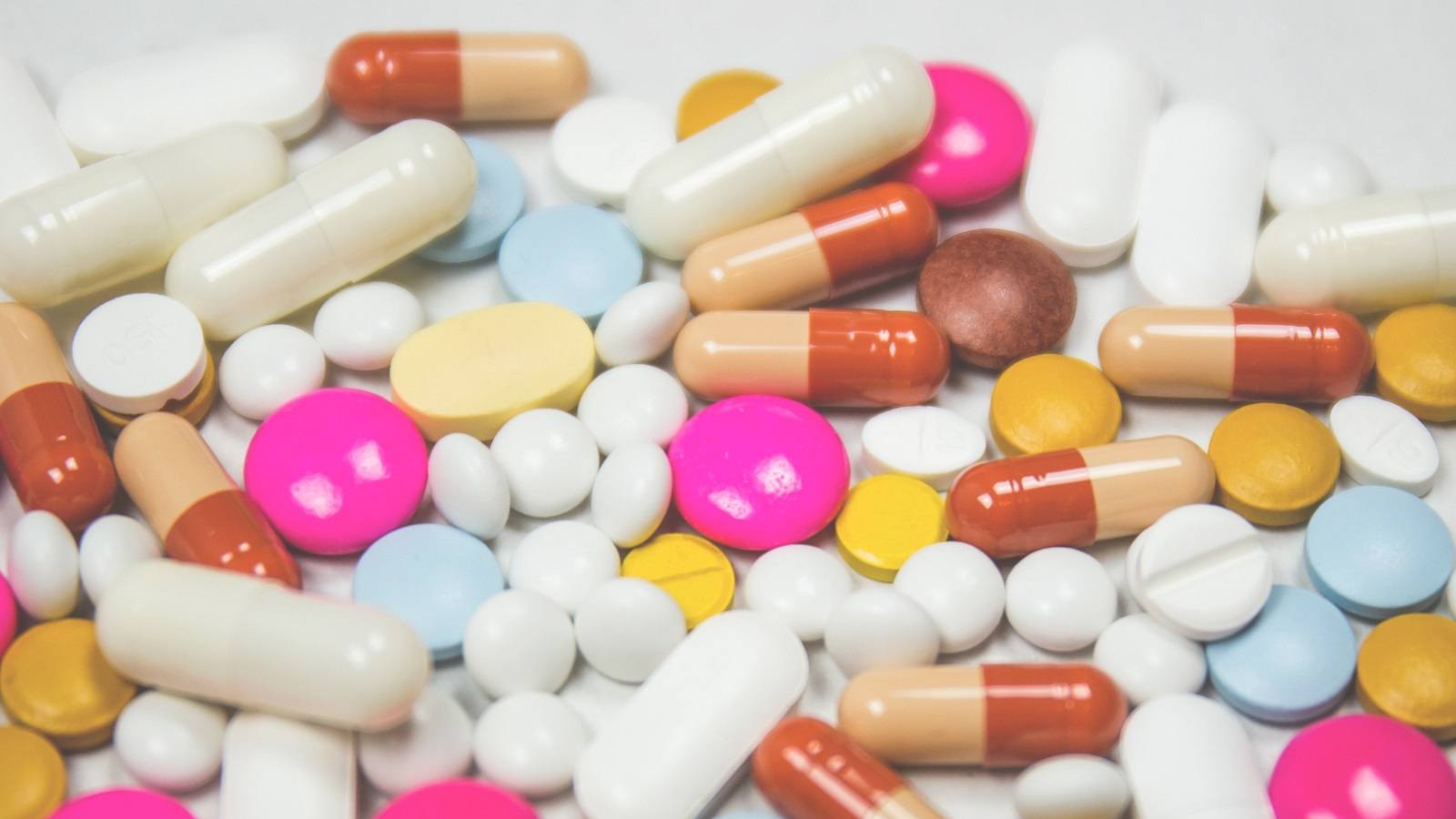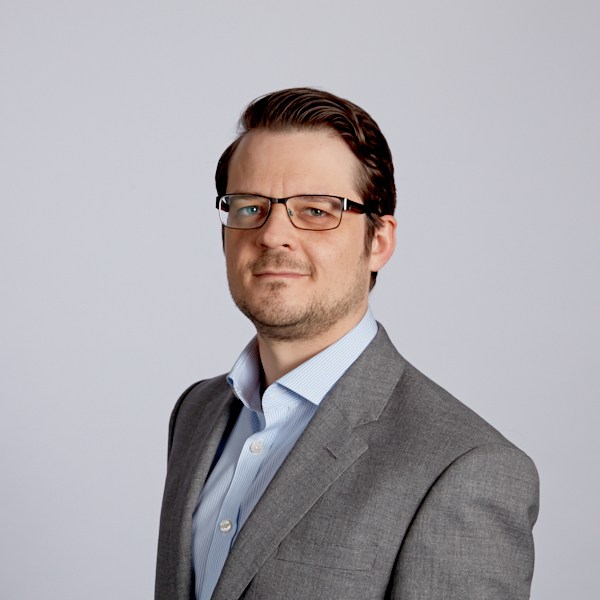
Exclusivity for pharmaceutical products
Our latest expert insights come from intellectual property law firm Potter Clarkson. Here, Kieron O’Connell takes us through some of the ways to achieve the optimum exclusivity period for pharmaceutical products.
The loss of exclusivity (LoE) date for a drug substance is a critical date in the product’s lifecycle. This is the point generic competitors may enter the market and begin to erode its profitability.
Understanding and optimising a medicinal product’s or candidate drug’s exclusivity position is therefore of critical importance to all companies operating in the pharmaceutical sphere. To do this, it is necessary to understand, and take advantage of, both patent and non-patent exclusivity periods.
In most fields, the 20-year limit to patent protection may seem like a fair reward to the inventors for the disclosure of their invention. However, for regulated substances like pharmaceuticals, the effective patent term is often much shorter, as much of the 20-year monopoly will already have elapsed before the drug is approved and can be sold and given to patients. In recognition of this, most major territories have laws allowing for some limited extensions to the patent term for pharmaceutical products, to incentivise pharmaceutical research and allow drug developers to profit from the new treatments that they bring to the market.
For similar reasons, regulatory bodies, such as the European Medicines Agency (EMA) and the US Food and Drug Administration (FDA) also offer periods of exclusivity for new innovator products. The exact nature of the exclusivity periods available vary depending on the territory, the nature of the new drug, and the clinical studies required for approval. Broadly, regulatory exclusivity involves ‘data exclusivity’ (which prevents third parties from relying on the approved drug’s clinical data to support a regulatory filing) and/or ‘market protection/exclusivity’ (which prevents generic versions of an approved drug being granted a marketing authorisation during a fixed period).
Additional regulatory exclusivity periods are also available for orphan drugs and paediatric indications to incentivise drug development in these areas.
Achieving the optimum exclusivity period
In addition to considering all options for patent filings as new data are generated during the development of a candidate medicine, it is necessary to also develop a strategy for how the patent portfolio will interplay with the laws relating to patent term extensions and regulatory exclusivities in each territory.
Some key points to consider in Europe and the US are discussed below.
Europe
Supplementary Protection Certificates (SPCs)
The patent term extensions available in Europe are known as Supplementary Protection Certificates (SPCs). SPCs provide up to 5.5 years of additional protection after patent expiry (and up to 15.5 years’ protection – patent + SPC – in total from the issuance of the first marketing authorisation in the European Economic Area) for pharmaceutical and plant protection products.
SPCs can be granted based on patents claiming a product (eg. the active ingredient per se, a specific form of the active ingredient – such as a polymorph of a small molecule drug – or a formulation containing the active ingredient), a process of manufacture of the product, or a particular use of product (such as the treatment of a new indication with a known drug). The protection conferred by the SPC is also limited by the protection conferred by the claims of the ‘basic patent’.
It is also only possible to obtain one SPC for a new active ingredient, meaning that there is often a choice of patents on which the SPC could be based. It is therefore often necessary for a drug developer to consider how best to balance the potential term of protection against the breadth of protection conferred by the patents, and their likely validity position when deciding the best patent on which to base an SPC.
SPC term is usually limited to 5 years after patent expiry, but a further six months of protection is available for the completion of studies into paediatric use performed in agreement with an agreed paediatric investigation plan (PIP), even if those studies don’t ultimately lead to an authorisation for paediatric use.
SPCs in Europe are granted according to EU law, and corresponding legislation has been enacted in the EEA countries of Norway, Iceland and Liechtenstein, as well as other countries such as the UK and Switzerland. However, the situation is slightly complicated in the UK following Brexit as marketing authorisations may be relevant for protection only in certain parts of the UK.
Regulatory exclusivities
Under EU law, new medicinal products (active ingredients) benefit from an eight-year period of data exclusivity and an additional two years of market exclusivity (calculated from the grant of the first marketing authorisation in the EEA).
This 8+2-year period of regulatory exclusivity is available for new active ingredients and new fixed dose combinations of approved drugs. New forms or derivatives of an active ingredient, such as salts, esters, ethers, isomers and complexes, are generally considered to be the same active substance, therefore, they do not benefit from an additional period of regulatory protection. Similarly, new formulations or uses of known active ingredients do not qualify for the 8+2-year period of regulatory exclusivity.
A further year of market protection (8+2+1) may also be awarded if the holder of the marketing authorisation obtains an authorisation for one or more additional indications during the first 8 years from grant of the initial marketing authorisation, and the new product is considered to bring significant clinical benefits compared to the existing treatments for these indications.
Again, these regulatory periods are based in EU law, but the relevant provisions have been incorporated into UK law and so the same regulatory periods apply in the UK (although the periods of exclusivity may run from different dates depending on when marketing authorisations take effect in Great Britain and Northern Ireland).
The US
Patent term extensions
Patent term extensions (PTEs) are available in the US for patents relating to medicinal products, methods of using a medicinal product (eg. a method of treating a particular indication) and methods of manufacturing medicinal products.
As with SPCs in Europe, it is only possible to obtain a PTE for a single patent for a newly approved drug (active ingredient). Accordingly, if there are a number of patents on which a PTE could be based, it is again necessary to balance the term of protection, scope of protection and potential strength of different patents, in order to arrive at the optimum choice to protect the product’s exclusivity position.
The length of a PTE is calculated based on a complicated formula involving the time periods during which the product was undergoing the different stages of regulatory review in the US, and when the patent was granted in relation to these periods. However, the maximum extension that can be awarded is limited to five years after patent expiry and fourteen years effective protection (patent+PTE) after regulatory approval.
Regulatory exclusivities
The regulatory exclusivity periods available in the US differ depending on the nature of the new drug product and the clinical studies that were performed.
New Chemical Entity Exclusivity: New chemical entities (NCEs) (ie. small molecule drugs that have not previously been approved in the US) qualify for a five-year period of exclusivity (essentially data exclusivity), during which third parties may not submit an Abbreviated New Drug Application (ANDA) for drug products containing the same active moiety. However, third parties may submit an ANDA after four years if it is accompanied by a Paragraph IV certification of patent invalidity or non-infringement under the Hatch-Waxman Act – which will typically trigger patent litigation between the parties. As the first generic manufacturer to file for approval with the FDA is entitled to their own 180 days of ‘generic exclusivity’ once they enter the market, there is a major incentive for generic manufacturers to seek to invalidate bad patents.
New Clinical Investigation Exclusivity: A three-year period of exclusivity may be granted for a product containing a previously approved drug if the application for marketing authorization contains a report of new clinical investigations (other than bioavailability studies) that were essential to the approval of the drug product. NCI exclusivity may be granted, for example, for new indications, dosage regimens, patient populations, formulations or changes in the strength, dosage form or route of administration of an approved active ingredient, provided that clinical trial results were required for the approval of the new drug product.
NCI exclusivity prevents the FDA from approving generic versions of the drug product but does not prevent third parties from submitting their applications during the exclusivity period.
Biologics: Biologic drugs approved by the FDA are granted 12 years of exclusivity. An initial four-year period of data exclusivity and a 12-year period of market exclusivity (the first four years of which run alongside the data exclusivity period).
Regulatory exclusivity is also available in the US in other circumstances. For example, Orphan Drug Exclusivity is available for drugs that treat rare disease, Paediatric Exclusivity is available for drugs that are tested for use in children, and QIDP Exclusivity is available for drugs that treat serious or life-threatening infectious diseases. In many cases, these exclusivity periods can be combined to give powerful protection for an innovators’ products.
Conclusions
Patent term extensions and regulatory exclusivity periods can provide extremely valuable periods of exclusivity for pharmaceutical products, and an effective exclusivity strategy should consider all possible sources of exclusivity that may apply to the new medicinal product under development.
If patent term extensions and regulatory exclusivity periods are likely to be available, an effective strategy will involve these aspects, including any applicable orphan drug or paediatric exclusivity, in addition to patent protection. Conversely, if no regulatory exclusivity or patent term extensions are likely to be available for a development product, the exclusivity for the product will typically derive solely from the patent system.
In either case, it is important to understand the likely regulatory exclusivity position at an early stage during product development. This will ensure that the optimum decisions are taken in relation to tailoring the development of the product and patent filing strategy, and maximise the period of exclusivity enjoyed by the product.
 Kieron O’Connell is a European and UK patent attorney specialising in chemistry and pharmaceuticals. He has broad experience of drafting and prosecuting patent applications across a range of subject matter, spanning the different stages of the pharmaceutical development process, including new drug substances, new solid forms, drug combinations, formulations, further medical uses and process chemistry.
Kieron O’Connell is a European and UK patent attorney specialising in chemistry and pharmaceuticals. He has broad experience of drafting and prosecuting patent applications across a range of subject matter, spanning the different stages of the pharmaceutical development process, including new drug substances, new solid forms, drug combinations, formulations, further medical uses and process chemistry.